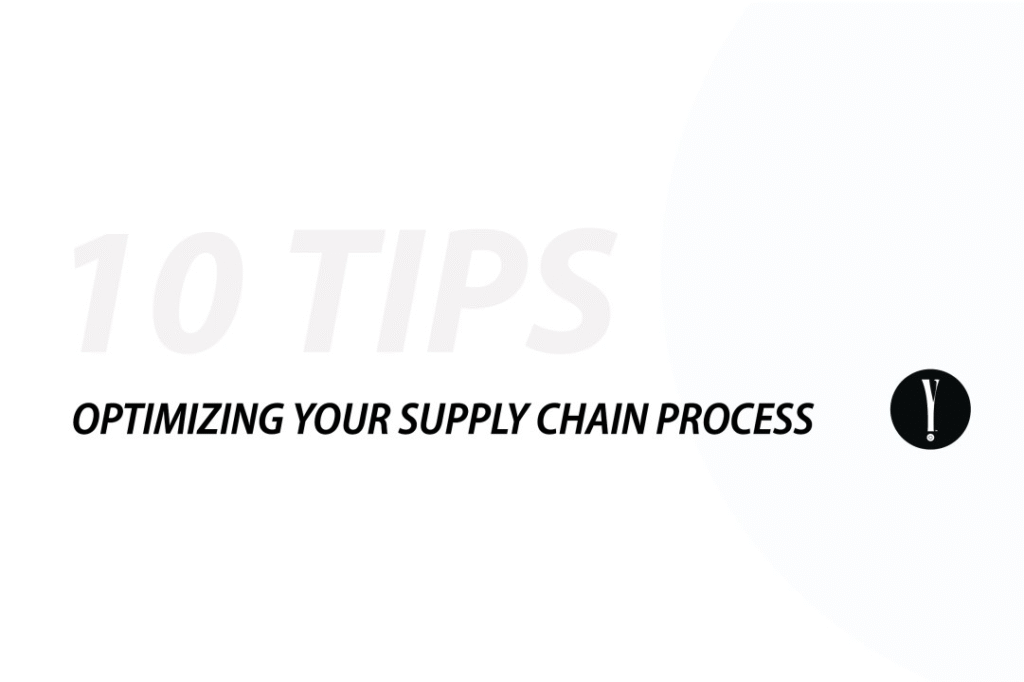
Blog Title: 10 Strategies for Optimizing Your Supply Chain
In the fast-paced realm of modern business, an optimized supply chain isn’t just a competitive advantage—it’s a strategic imperative. Efficient supply chain management not only enhances operational efficiency but also boosts profitability and customer satisfaction. This blog explores ten proven strategies to streamline your supply chain operations and maximize business performance.
Understanding the Importance of Supply Chain Optimization
A well-optimized supply chain is like a well-oiled machine, where each component—from sourcing raw materials to delivering finished products—works seamlessly to meet market demands. By minimizing waste, reducing costs, and improving responsiveness, businesses can achieve sustainable growth and resilience in today’s dynamic marketplace.
10 Strategies for Optimizing Your Supply Chain
-
Demand Forecasting Excellence
- Utilize advanced analytics and historical data to predict demand patterns accurately.
- Implement collaborative forecasting with suppliers and distributors to reduce forecasting errors.
-
Inventory Optimization
- Adopt lean inventory practices to minimize holding costs while ensuring sufficient stock levels.
- Implement Just-in-Time (JIT) inventory management to reduce excess inventory and improve cash flow.
-
Supplier Relationship Management
- Cultivate strategic partnerships with reliable suppliers based on mutual trust and transparency.
- Negotiate favorable terms and contracts to ensure continuity and quality in the supply chain.
-
Utilization of Technology
- Implement supply chain management (SCM) software for real-time visibility and data-driven decision-making.
- Explore automation and robotics to streamline warehousing and distribution processes.
-
Logistics Optimization
- Optimize transportation routes and modes to minimize costs and reduce carbon footprint.
- Implement track-and-trace systems for enhanced shipment visibility and customer satisfaction.
-
Risk Management Strategies
- Identify potential risks and develop contingency plans to mitigate supply chain disruptions.
- Diversify suppliers and geographies to reduce dependency on single sources.
-
Continuous Process Improvement
- Adopt lean Six Sigma methodologies to eliminate waste and optimize process flows.
- Encourage a culture of continuous improvement and innovation across the supply chain.
-
Sustainability and Ethical Practices
- Integrate sustainability criteria into supplier selection and procurement processes.
- Embrace ethical sourcing practices to meet regulatory requirements and consumer expectations.
-
Collaborative Supply Chain Networks
- Foster collaboration among stakeholders to enhance visibility and responsiveness.
- Implement supply chain orchestration tools to synchronize activities across the network.
- Define and monitor key performance indicators (KPIs) to track supply chain performance.
- Use analytics to gain insights into operational efficiencies and areas for improvement.
Performance Metrics and KPIs
Optimizing your supply chain isn’t a one-time effort but a continuous journey towards efficiency, resilience, and customer satisfaction. By implementing these ten strategies—ranging from advanced technology adoption to sustainable practices—you can position your business for success in a rapidly evolving marketplace.
In conclusion, mastering supply chain optimization requires strategic foresight, technological integration, and a commitment to continuous improvement. By embracing these strategies, businesses can navigate challenges, seize opportunities, and achieve sustainable growth.




